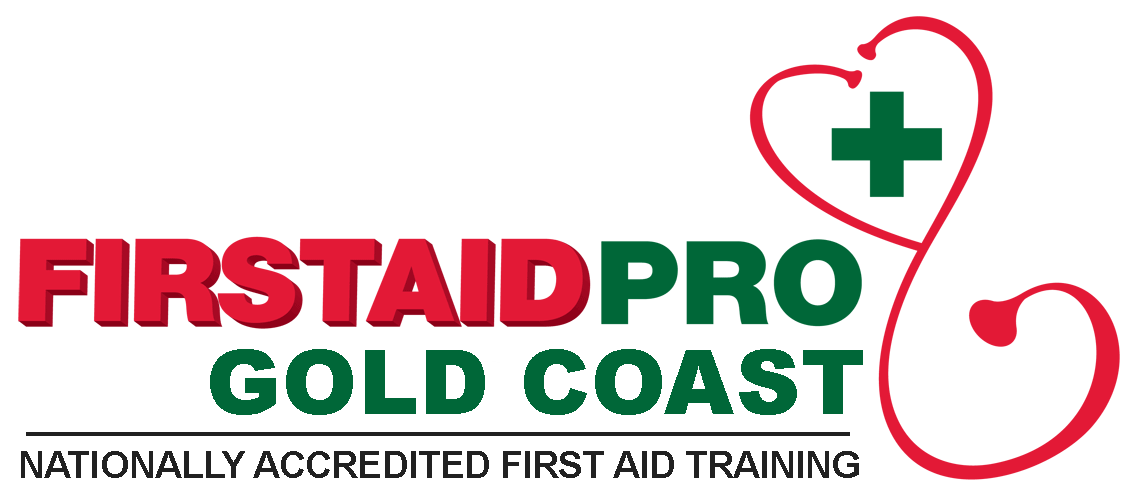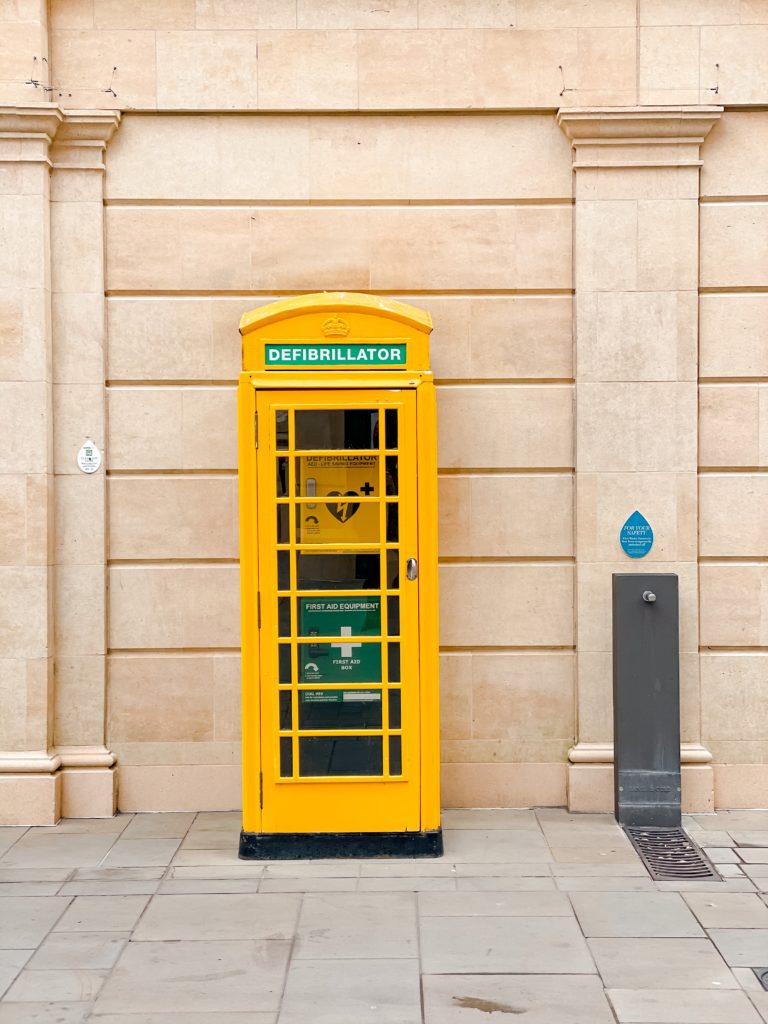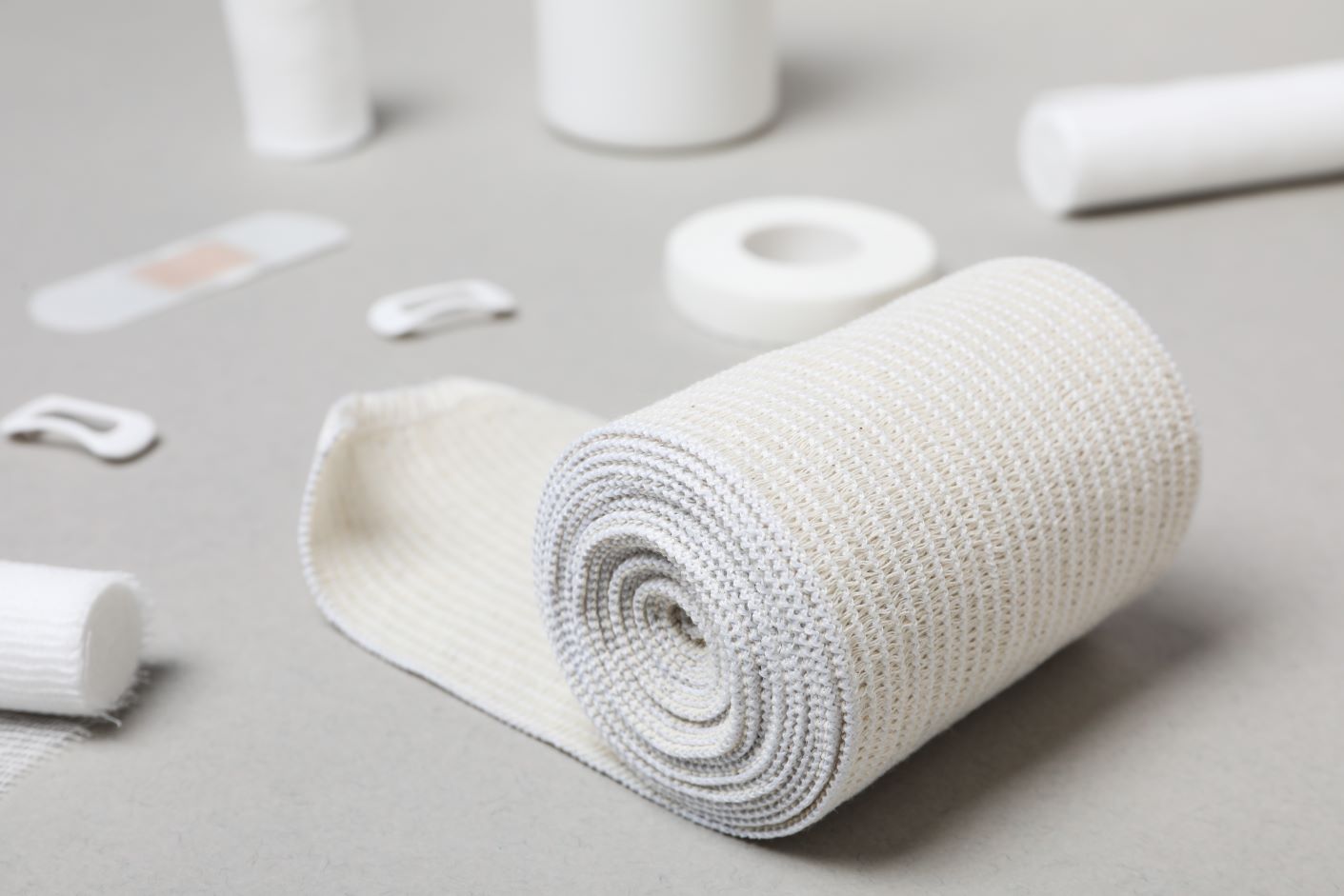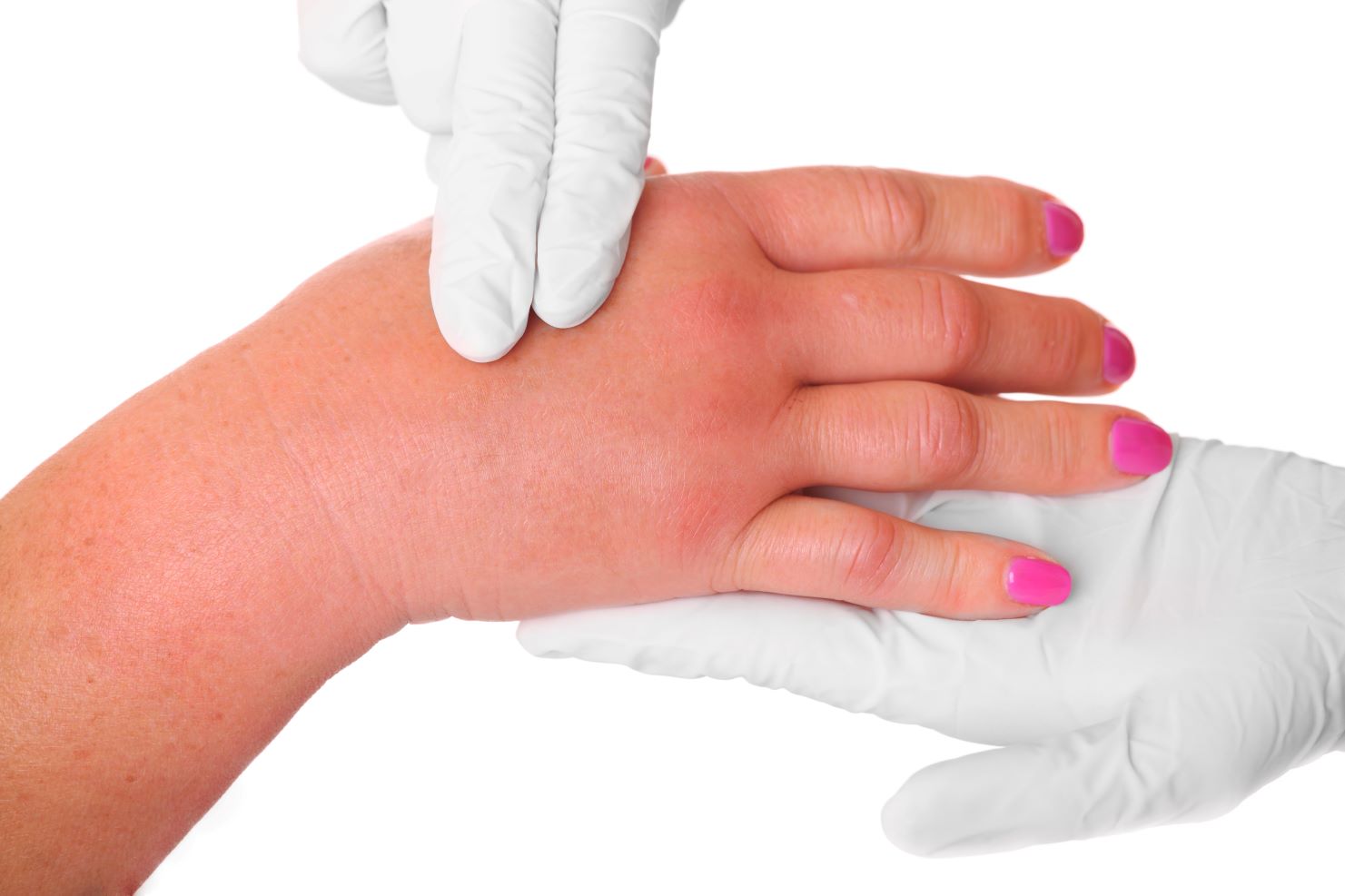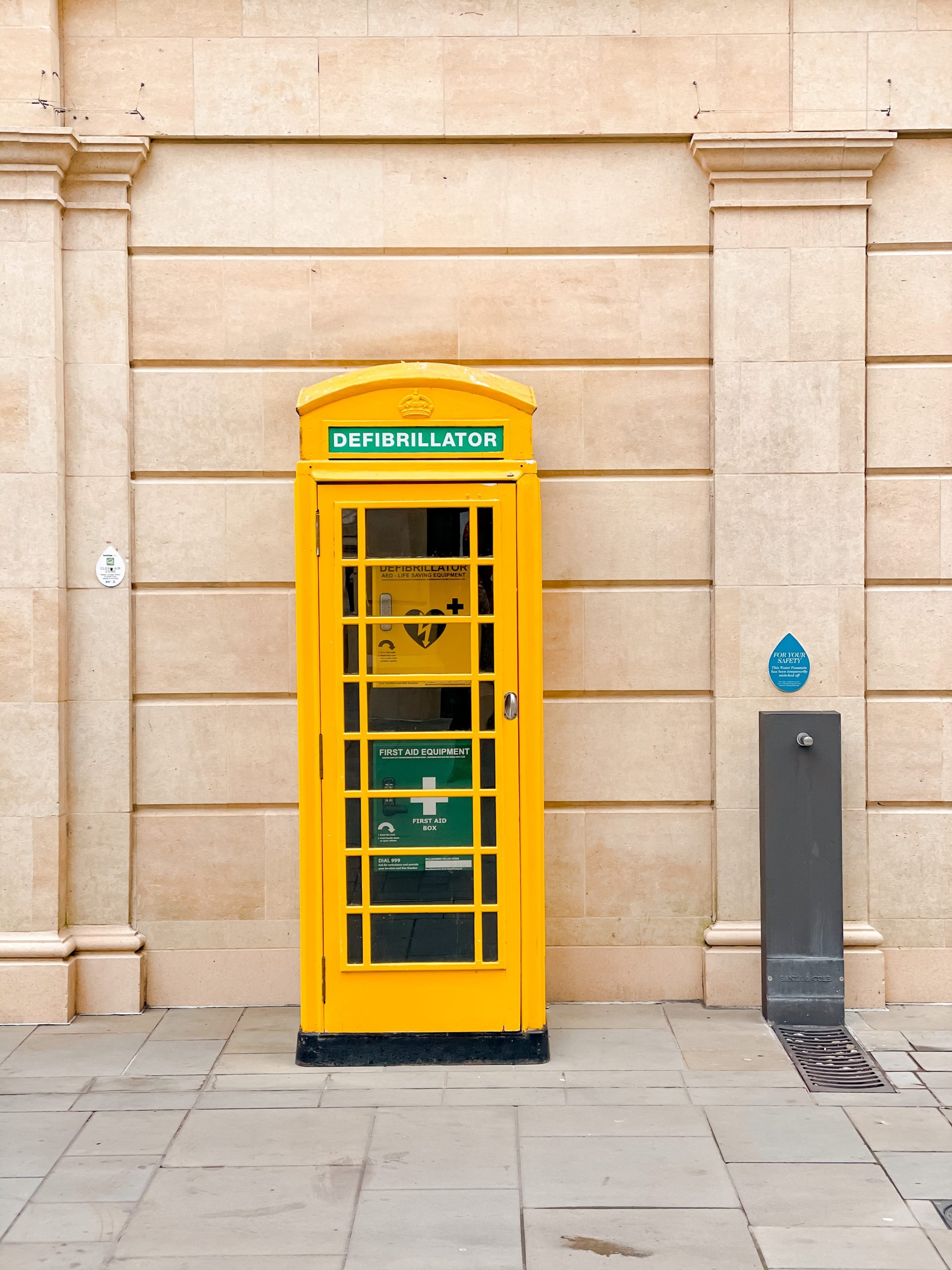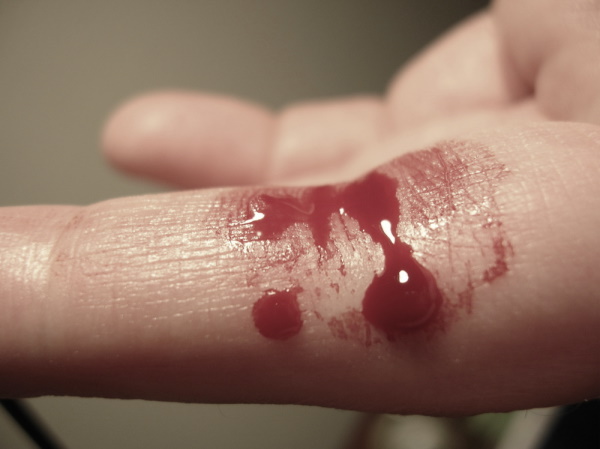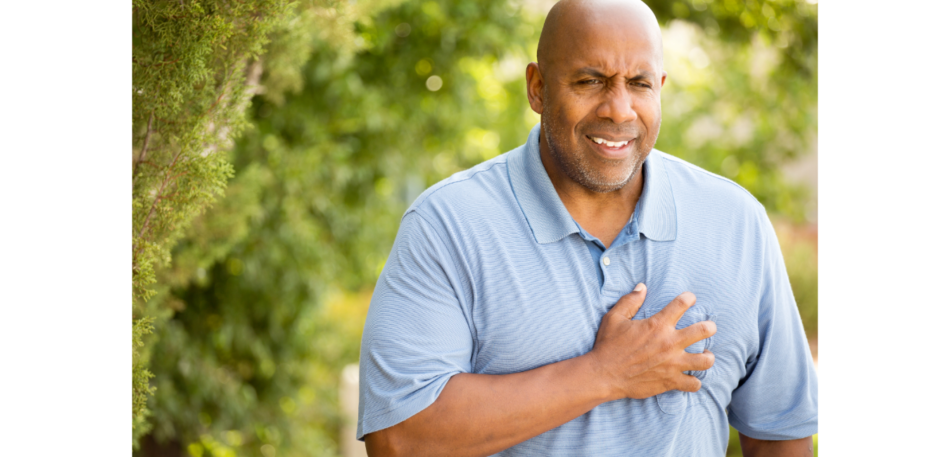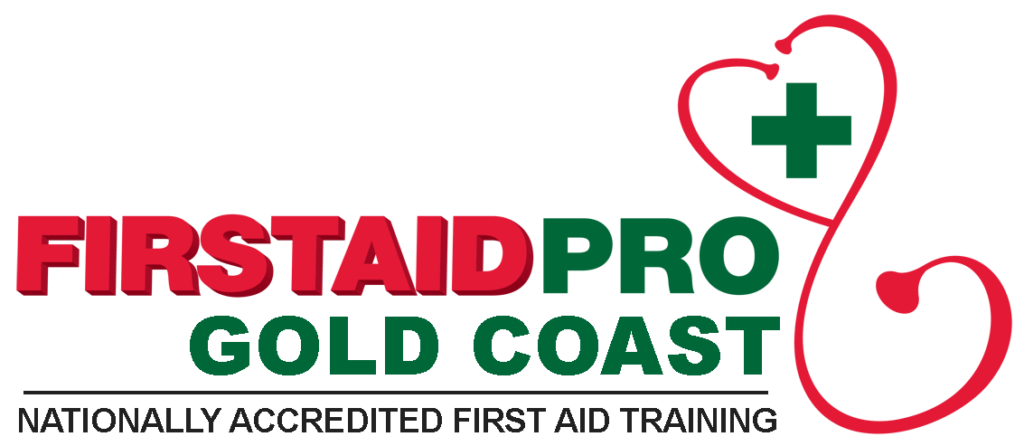CPR (or cardiopulmonary resuscitation) is the proven technique of chest compressions and mouth-to-mouth breaths that has saved hundreds of thousands of lives over the last half-century. But there are many myths and misunderstandings that people hold about CPR (and other methods of resuscitation, such as a Defibrillator), which can make people wary of using CPR to assist in a crisis.
So what are some of the common misunderstandings about CPR, and what is the truth of the matter?
General CPR Myths
If you do chest compressions on someone who doesn’t need them, you’ll do more harm than good
This is a common fear of people considering whether to do CPR – especially given CPR can apply a fair amount of force to someone’s rib cage. So it’s natural to be concerned that you’ll hurt someone in the process. Fortunately, the odds of causing serious injury are relatively low, and most medical authorities regard it well worth the risk. In January 2012, a study in Yokohama (Japan’s second-largest city) examined 910 cases of CPR given to patients by bystanders. Of those 910 cases, only 26 were found to be unnecessary. Of those 26 cases, only three received complications as a result of the CPR, including one minor rib fracture. None of the complications were serious. So your odds of saving someone with CPR are a lot higher than your odds of hurting someone, and any injuries involved are not likely to be significant. So if in doubt, do CPR!You have to do the breaths for CPR to work
This is a slightly tricky one. In general, this has been proved false. In many cases, studies have found CPR using only chest compressions to be just as effective (if not slightly more effective) than CPR with breaths included. An added advantage with this is that it also makes bystanders more likely to attempt CPR – many people are reluctant to perform mouth-to-mouth resuscitation on a stranger. The catch is that breaths are still considered essential for CPR performed on an infant or child or as a result of a near-drowning – so compression-only CPR isn’t effective in all circumstances. If in doubt, you’re probably better off including mouth-to-mouth breaths.If you do CPR, you can get sued if anything goes wrong
In much of the world today – Australia included – we have what’s called “Good Samaritan” laws. These laws protect people from liability if they attempt CPR or other first-aid out of a genuine desire to help. The standards vary slightly from state to state, so in NSW for example, you’re not always covered if you’re the direct cause of someone’s medical condition. But in most cases, an innocent bystander attempting CPR on someone who seems to need it is protected under law.Use the patient’s own fingers to scoop any blockage out
While the theory here is most likely “it’s better to have your own fingers in your mouth than someone else’s”, this is a terrible idea for several reasons. Firstly, when you’re unconscious, your body goes limp, meaning your fingers aren’t rigid. Second, it’s not particularly easy to manipulate someone else’s hand at the best of times, so you’d basically be pushing their hand into their mouth and hoping for the best. Effectively, you’d be no worse off trying to scoop out the blockage with a wilted bunch of celery, making this just an awful strategy. But taking the person’s own hand out of the equation, it’s still not clear cut. Medical opinion is strongly divided around what to do about a potential blockage to someone’s airway when CPR is needed. On the one hand, blockages such as food or vomit could cause the person to choke and should be removed as soon as possible. On the other hand, there’s the risk that when trying to clear the blockage, you could accidentally force it further down the throat, making things worse. That’s not to mention the infection risk and the chance of being bitten. If there’s a visible blockage to the person’s airways (solid OR liquid) and you think you can remove it safely, you should do so. But bear the following factors in mind:- Where possible, roll them onto their side to allow fluid or vomit to drain out naturally
- If available, use disposable gloves and other PPE to limit infection risk. Wash your hands afterwards as soon as is practical
- Only attempt to clear a blockage you can see and believe you can safely remove. Don’t dig around in someone’s mouth for an unseen blockage
- Scoop or sweep the blockage out sideways
- Don’t do it if someone is suffering a seizure – you’ll likely get bitten
- Never put your fingers in the mouth of a conscious person
If someone is having heart troubles, just get them to cough instead
This one’s been doing the rounds on social media recently. It may be just an urban myth based on people with short-term chest pain coughing – or it could come from a misunderstanding of actual medical procedures. There are certain instances where coughing is used in hospitals under medical supervision for cardiac-related conditions. But the reality is that coughing has NO effect on a genuine cardiac arrest. The issues that cause cardiac arrest (generally a blockage in the artery) aren’t affected by coughing. Nor is it useful as a way of self-administering CPR. Chest compressions are only really effective when you’re unconscious, and at that point, you can’t voluntarily cough. Meaning this one is just plain wrong!Baby CPR
Don’t blow from your lungs – just use air from your cheeks
This sounds nice in theory, but it’s actually very hard to DO. You have far more control of your lungs. Just blow gently – just enough to make the chest rise.Grab them with both hands around the chest and do compressions with your thumbs
This is something that people have probably picked up from seeing trained doctors and paramedics at work. It IS used by medical professionals performing CPR on infants. The thing is, it’s an advanced technique that needs training to use effectively. As such, a layman trying the same trick is going to be far less effective than someone just pressing on the chest with two fingers (the recommended method).Pick up the baby and do compressions on your arm
You can do this, but it’s not a good idea. It can mean you don’t support the baby’s head well, you use the wrong amount of pressure on the sternum (due to your arm having some give), or you get tired quicker. In general, it’s far more advisable to do it on a solid surface like the floor.Using a Defibrillator
Defibrillation and CPR often go hand in hand and are often used in close succession. But why are so many people wary of grabbing the defibrillator off the wall in a crisis? What are the myths around using a defibrillator?
Only trained people can use a defibrillator – otherwise, you could kill them!
This myth probably falls in the category of being outdated rather than being totally wrong. A manual defibrillator should only be used by a medical professional who can quickly assess whether it’s needed – and knows how to operate it. They’re not designed for amateurs, so a layman grabbing one off a hospital bench in a crisis probably isn’t going to end well.
The good news is that it’s very unlikely that you’ll ever have access to one of those. If you’re not a medical professional, any defibrillator you’ll have access to is almost certainly an AED or Automated External Defibrillator.
An AED is designed for amateurs. Not only does it come with clear instructions on how to use it (often spoken out loud), but it’s almost impossible to shock someone who doesn’t need defibrillation. The AED is designed to read the person’s heart rate and vital signs, and it makes its own decision if a patient needs to be shocked.
As such, the modern defibrillators are incredibly safe – you simply can’t shock someone who doesn’t need it.
This doesn’t mean that getting training to use a defibrillator isn’t valuable, of course! In a medical emergency, having current training in the correct use of an AED can shave seconds or even minutes off the time needed to resuscitate someone. And that’s a big deal when every second is vital!
You should never use a defibrillator unless you’re sure the person’s heart has stopped
There are two reasons why this is wrong. The first is that you don’t need to make that call at all. As mentioned above, an AED makes its own decision whether defibrillation is required.
Second, if a person’s heart has genuinely stopped, then a defibrillator isn’t much use to them. Something often misunderstood about defibrillators is that they don’t actually start the heart – they STOP it. When someone’s heart is behaving erratically (as it does during a heart attack), the defibrillator momentarily stops it, allowing it to naturally restart a moment later. If a heart has entirely stopped, defibrillation won’t help – CPR is your best bet at that point.
A matter of life and death
CPR saves lives. It’s a cornerstone of almost every Australian first aid training course, and many workplaces require employees to do training in it on an annual basis. When someone is lying on the floor and not breathing, CPR can mean the difference between life and death. And almost always, the benefits far outweigh the risks.
